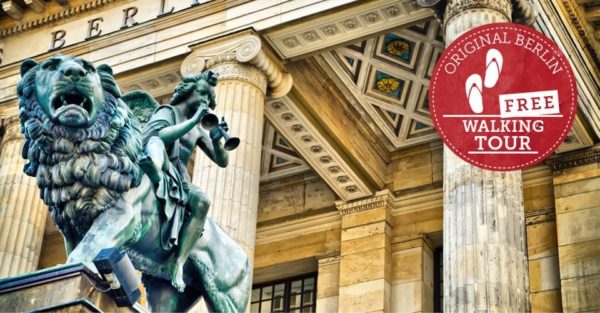The Symbolic Barrier that Divided a Nation
The line demarcating East and West Germany through physical barrier during 1961 and 1989 was much more than a mere concrete structure. It was used during the cold war as a symbol of ideological battle between capitalistic west and communism Iron Curtain. In this article, the author will outline details of the wall based on the material used, the size and the general structure of the Berlin Wall.
Concrete: The Primary Building Material
Gypsum was the most common material that was used in making the Berlin Wall. The need to select an appropriate construction material that can meet the requirements of the building construction was fulfilled by using this material that is also characterised by high durability, strength and relatively lower cost. The wall could be of any type of concrete but was mostly reinforced with steel bars to enhance on its stability with a view of making it reflexive to break ins.
The outer layer of the wall, “Grenzmauer 75,” was wall was constructed of reinforced concrete panels 3.6 meters high. These panels have been further reinforced by vertical steel beams within the concrete construction of the walls. The concrete reinforcement gave physical protection since it was very hard to penetrate or bring down.
Death strip and the watch towers:
Parallel to the inner side of the concrete wall was about the “Todesstreifen,” meaning the “Death Strip.” This area served as an escape-proof zone, and thus it was filled with various barriers designed to hamper any kind of escape. The Death Strip was about 150 meters (500 feet) across, and included anti-tank ditches, the fences were barbed wire, and floodlights.
For control, the escape attempts, watchtowers were placed along the wall. Theziye were towers, watchtowers, and even fortified hills with searchlights, command and observation posts or barracks with armed guards. It also kept whoever was thinking of fleeing at bay and ensured that East German border patrols had a ready way of counteracting encroachments on the wall.
This includes the famous Checkpoint Charlie and Other Access Points.
Even though it was built to prevent people from moving freely from east Germany to west Germany, there were some check points. The most famous crossing among these was Checkpoint Charlie that was in Friedrichstraße neighborhood of Berlin.
Checkpoint Charlie was a small checkpoint with a guard house protected by barbed wire in which border guards examining individual and collective documents and permit parties traveling through the sector. It became one of the major landmark and symbols of the divided city which many times was targeted by the attention of reporters and tourist.
The “Wall of Shame”
While the symbol of the division and the oppression was the Wall, the Western mediaeratorially dubbed it the ‘Wall of Shame’. The people whose attempts to temporarily embrace their family members and friends were foiled found a part of the wall in their despair.
Leading to its height of about 155 kilometers the Berlin Wall hindered people from moving from East Berlin to the western part of the city and separated families, friends and loved ones. Such a wall remained a symbol of the Cold War that remained as an existing barrier between the two provinces.
In Conclusion
The Berlin Wall is said to have been made mainly from the Reinforced Concrete and Steel. Its design was to discourage and prevent an unauthorized migration and it involved the use of barriers both physical and psychological. The wall depicted the cleavage between east and West Germany, or two extremes of activities, ideologies and values during the cold war.
At present, the Berlin Wall provides people with a symbol of the victory of the spirit and the German reunification. This information enables one to value this old building as well as the messages that are behind it.
Table of Contents

